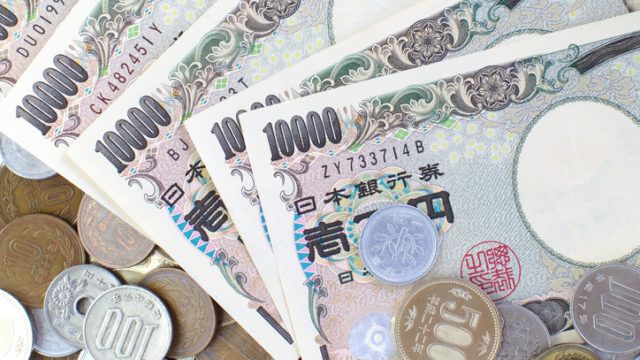“[Abenomics] is the cause of all deflation in Asia, not China,” Love told FSA. “That’s what people get wrong in my view, especially the Western press get it wrong. They blame China [for deflation], but it’s actually Japan. Japan is where the problem starts.”
Japan’s Abenomics policies have led to a dramatic weakening of the Japanese yen, which in turn has been one of the major causes of China’s RMB devaluation against the US dollar. China’s currency slide then led to the sharp depreciation of many Asian currencies, Love said.
“When the reliance on monetary policy has become so extreme that they go with negative real interest rates that are really far down, even more than what they have done, then it becomes an experiment,” he said.
When that happens, Chinese exports could drop further due to the more competitive weak yen, followed by higher deflation risks in China, as more corporate defaults result from an increase in nonperforming loans, he said.
There will be more pressure on the Chinese currency if Japan adopts further monetary easing, he predicted.
`Terrible’ asset class turning?
While there are higher chances of a June or July interest rate hike in the US, Love does not expect significant capital outflows from the emerging markets will result. A stronger dollar is not expected to significantly weigh on EM equities, he said.
Local currency devaluation versus the US dollar has been the main cause of EM equity underperformance, he believes.
“Emerging market equities have been a terrible asset class since 2010. The currencies in the EM markets have fallen over 60% versus the dollar. These percentage falls also occurred during the global financial crisis [2007-2008] and in 2002.”
However, he believes the Q1 outperformance of EM equities versus developed markets shows that further currency risk is already priced in, while comparative valuations remain attractive.
“The downside is limited as everybody wants to get into it. After six years of underperformance, even if there is a little more dollar strength, [EM equities] won’t fall further. I think [the downside] is priced in.”
The Q1 outperformance in emerging market equities is likely to continue. He believes the markets are following a similar pattern that occured in June 2004, when the FOMC started a cycle of rising interest rates.
The risk versus return is very attractive at current levels, he said. As an example, he cited telecom sector investment grade bonds in the Philippines, which bring 4-7% yield. “Why do I have to take US investment grade bonds when I can buy selective EM market investment grade and get three-four times more yield?”
Love’s view on the EM markets is in line with some analysts. For example, in April, Citi Research moved to overweight emerging market equities from underweight. Falcon Private Bank believes that sentiment has turned in favour of emerging markets.

















